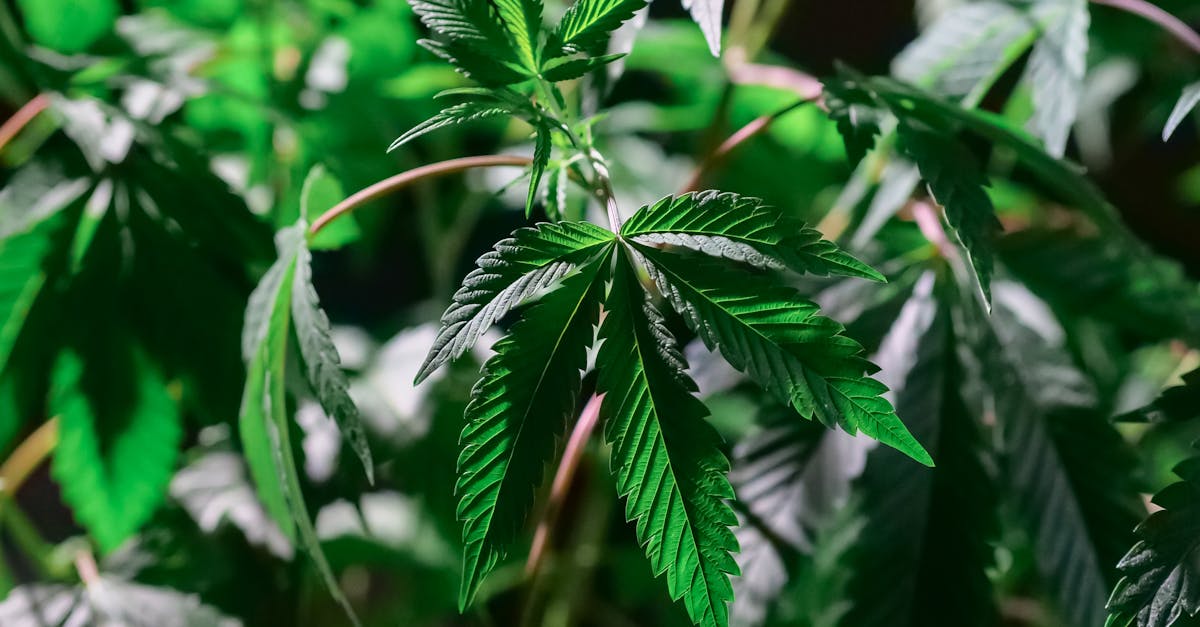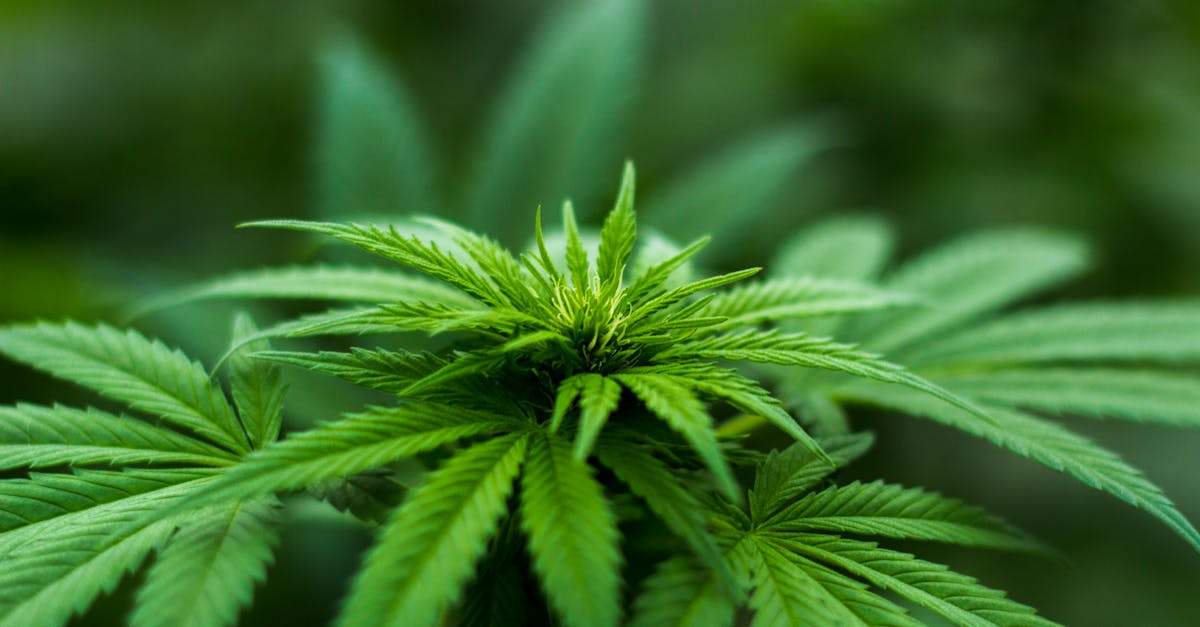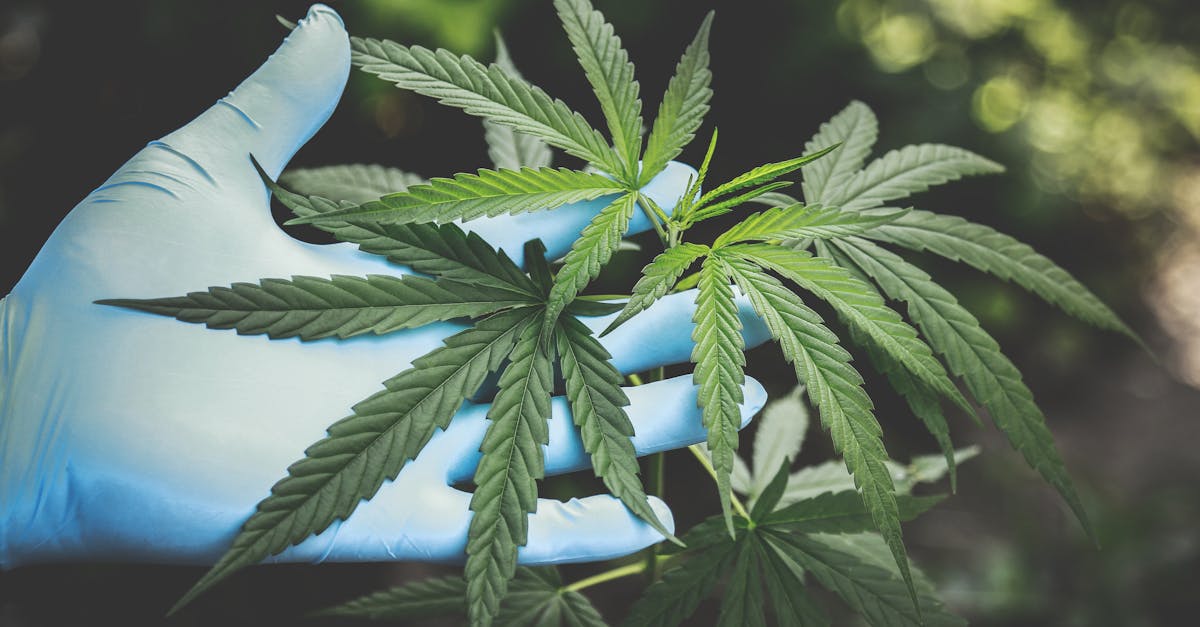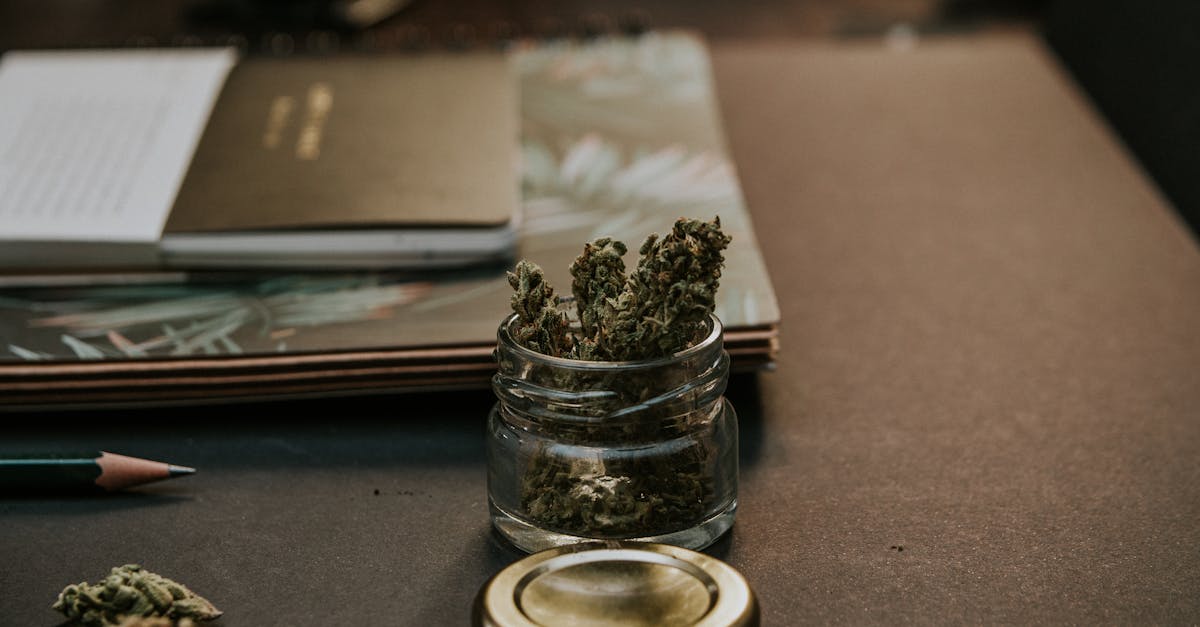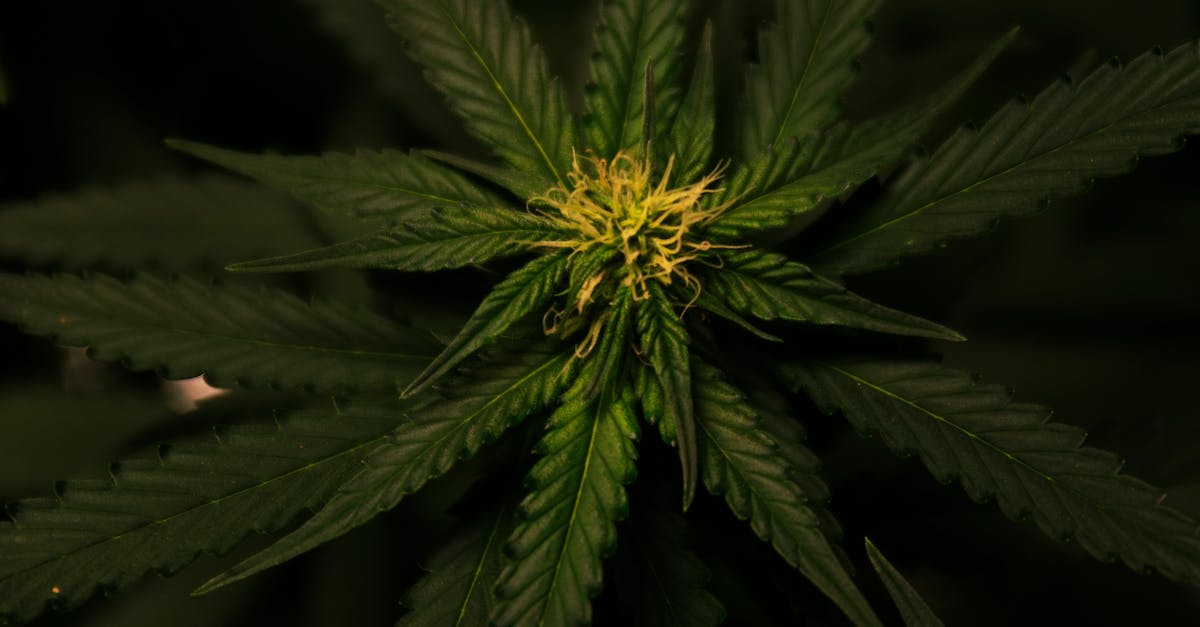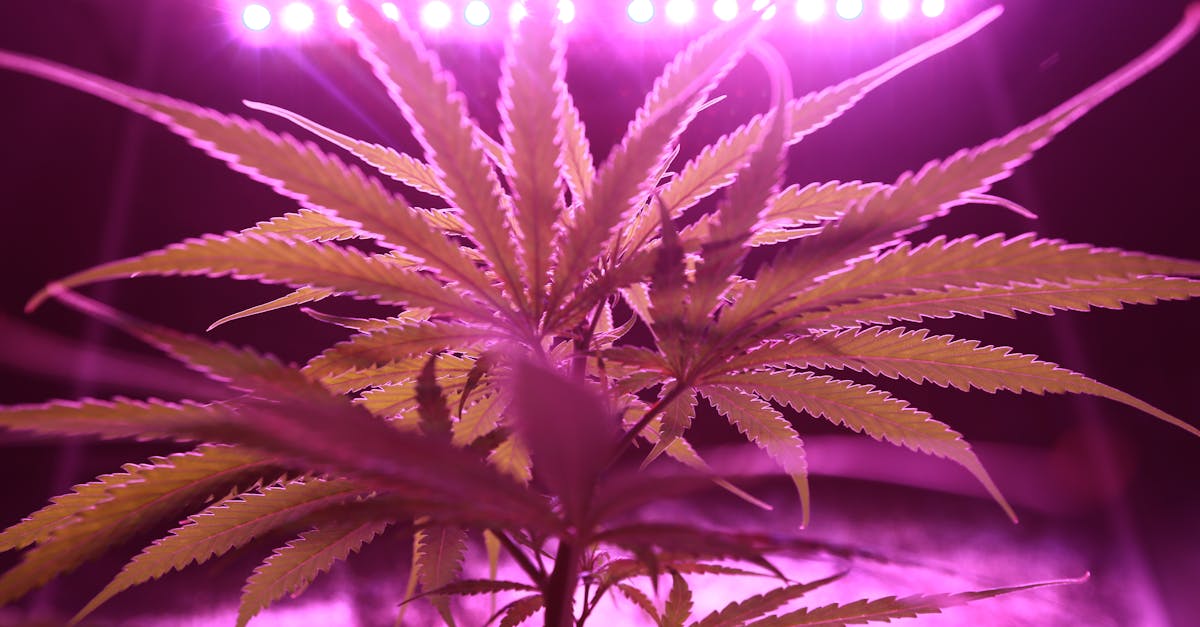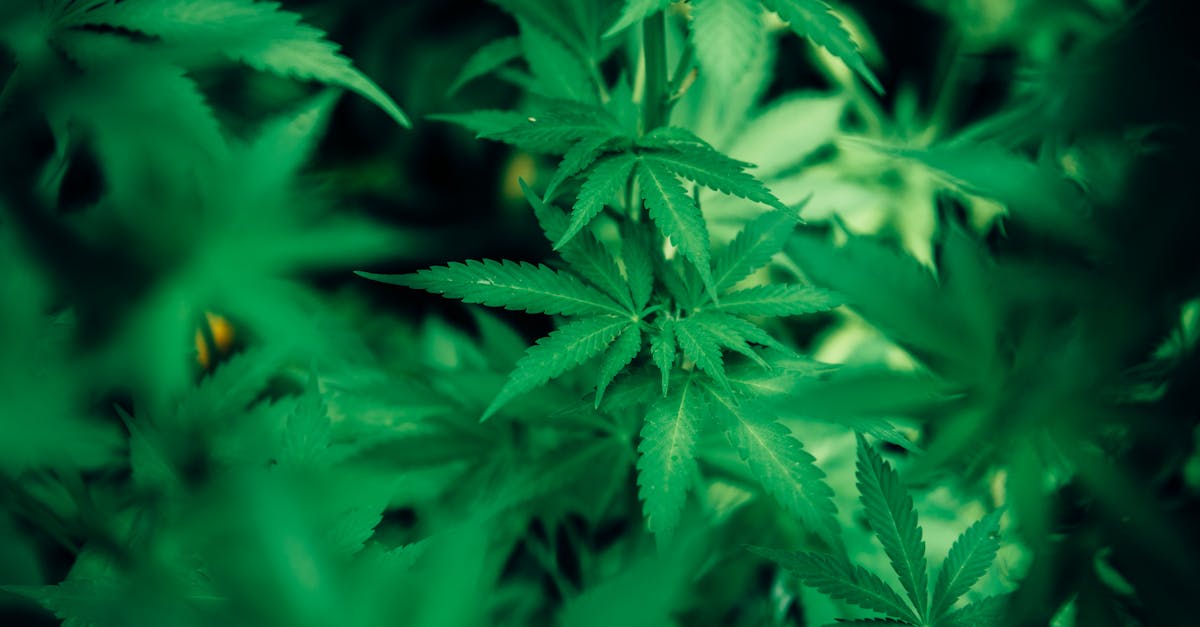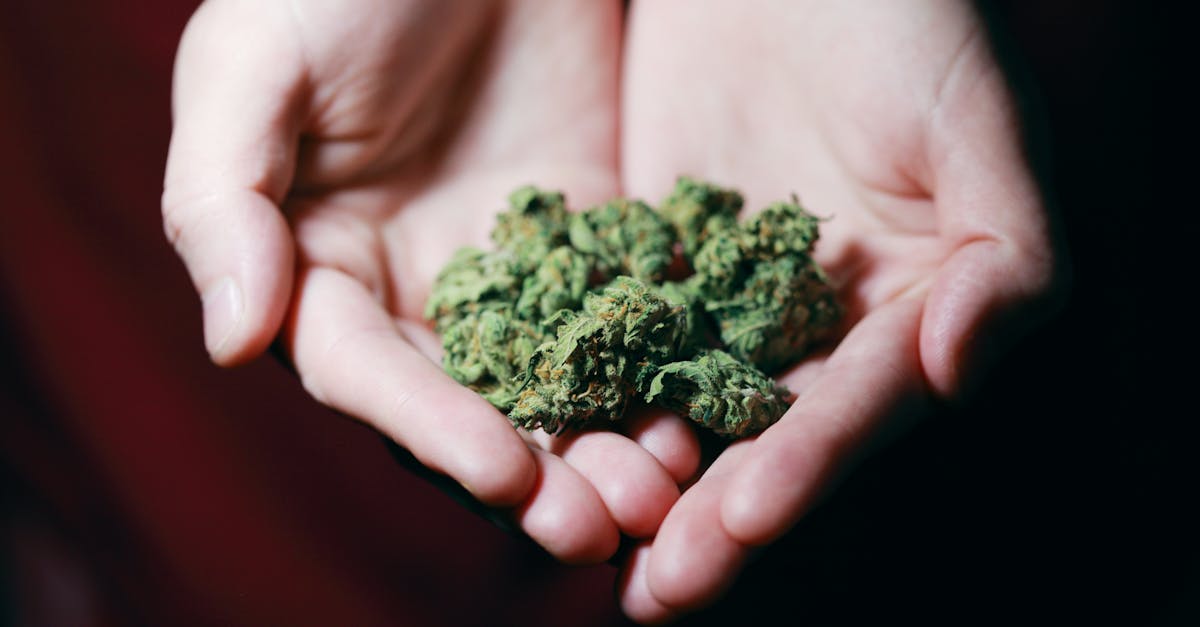
Table Of Contents
Female Cannabis Flowering Period
The female cannabis flowering period is a crucial stage in the plant's growth cycle. During this time, the female cannabis flowers undergo significant development, ultimately leading to the production of resin-rich buds. In Guelph, the sight of maturing cannabis flowers is an indicator of a successful cultivation process as they gradually transition from small, delicate buds to fully formed, aromatic flowers.
As the flowering period progresses, the cannabis flowers in Guelph become more distinct in appearance. Female cannabis flowers are identifiable by their unique structures, characterized by tiny, hair-like pistils and resinous trichomes covering the buds. These features contribute to the plant's ability to produce cannabinoids and terpenes, which are essential components for various therapeutic and recreational purposes. Proper care and attention during this flowering stage are critical to ensure the development of high-quality cannabis flower in Guelph with potent effects and desirable aromas.
Light and Nutrient Requirements
For optimal growth and bud development, female cannabis plants require specific light and nutrient conditions. When cultivating a Cannabis Flower in Milton, it is crucial to provide the plant with ample light exposure. An ideal setting includes around 18 hours of light during the vegetative stage and 12 hours of uninterrupted darkness during the flowering phase. Quality full-spectrum lighting or natural sunlight is essential to ensure healthy growth and robust flower production.
In addition to light, nutrient requirements play a vital role in the development of female cannabis flowers. A balanced mix of nutrients containing nitrogen, phosphorus, potassium, magnesium, calcium, and micronutrients is necessary for the plant to thrive. Implementing a feeding schedule that corresponds to the different growth stages of the Cannabis Flower in Milton can help maintain its overall health and promote optimal flowering.
Benefits of Harvesting Female Cannabis Flowers
Female cannabis flowers offer a plethora of benefits for both recreational and medicinal users. The rich cannabinoid and terpene profile found in these flowers is particularly advantageous for those seeking potent effects. Harvesting female cannabis flowers at the optimal time ensures that the plant's buds are mature and potent, resulting in a more enjoyable and effective experience.
Moreover, the economic benefits of harvesting female cannabis flowers cannot be understated. Cannabis Flower in Toronto, for instance, fetches a premium price in the market due to its high quality and potency. By focusing on maximizing the yield and quality of female flowers through proper harvesting techniques, cultivators can significantly increase their profitability and reputation within the industry.
Cannabinoid and Terpene Production
Cannabinoids and terpenes are the key components responsible for the diverse effects and aromas found in female cannabis flowers. The production of these compounds is particularly crucial during the flowering stage of the plant's life cycle. In fact, as the Cannabis Flower in Kingston matures and the trichomes develop, cannabinoid and terpene synthesis intensifies, culminating in a complex chemical profile unique to each strain.
The intricate interplay between cannabinoids and terpenes not only contributes to the therapeutic properties and distinct flavours of female cannabis flowers but also influences the overall user experience. The presence of cannabinoids like THC, CBD, and CBG, combined with terpenes such as myrcene, limonene, and pinene, creates a synergistic effect known as the entourage effect. Understanding and harnessing the cannabinoid and terpene production in female cannabis flowers is essential for users seeking specific effects and experiences from their cannabis consumption.
Female Cannabis Flowering Tips
When it comes to cultivating female cannabis flowers, there are a few key tips to keep in mind to ensure a successful harvest. It is essential to closely monitor the flowering period of the plant, as this will help determine the optimal time for harvesting. By paying attention to the development of the flowers and observing the pistils closely, you can determine when they are ready for harvest. This attention to detail will ensure that you harvest your female cannabis flowers at the peak of their potency and flavour.
In order to promote the best possible growth of cannabis flower in Clarington, it is crucial to provide the plant with the appropriate light and nutrient requirements. Providing your plants with a healthy balance of light, water, and nutrients will help them thrive during the flowering stage. Additionally, ensuring that the plants receive proper ventilation and airflow will help prevent issues such as mould and mildew, which can be detrimental to the growth of the flowers. Pruning and training techniques can also be useful in promoting optimal growth and maximizing the yield of female cannabis flowers.
Pruning and Training Techniques
When it comes to pruning and training techniques for female cannabis flowers, it is important to understand how these practices can enhance the quality and yield of your plants. Pruning involves selectively removing certain parts of the plant, such as leaves or branches, to promote better air circulation and light penetration. This can help prevent mold and mildew growth, as well as encourage the plants to focus their energy on developing larger, more potent buds. In Barrie, proper pruning techniques can also help manage the overall shape and size of your Cannabis Flower in Barrie, ensuring a more organized and efficient use of space in your growing area.
Training techniques refer to methods used to manipulate the growth pattern of the cannabis plants. This can include techniques such as low-stress training (LST) or high-stress training (HST), which involve bending or manipulating the stems to encourage horizontal growth and create a more even canopy. By training your Cannabis Flower in Barrie, you can maximize light exposure to all parts of the plant, resulting in more uniform bud development and higher yields. Additionally, training techniques can help control the height of the plants, making them easier to manage and harvest when the time comes.
FAQS
What do female cannabis flowers look like?
Female cannabis flowers typically have white hairs called pistils and resinous trichomes covering the buds. They are often dense and sticky, with a distinct aroma.
How can I differentiate between male and female cannabis plants?
Female cannabis plants will develop buds with pistils, while male plants will produce pollen sacs. It is crucial to identify and remove male plants to prevent pollination of the females.
Can female cannabis flowers change in appearance during the flowering stage?
Yes, female cannabis flowers can undergo changes in colour, size, and density as they mature during the flowering period. It is essential to monitor these changes for optimal harvest time.
Are there different types of female cannabis flowers?
Yes, there are various strains of cannabis that produce female flowers with unique characteristics, such as colour, smell, taste, and potency. Each strain offers different effects and benefits.
What is the importance of harvesting female cannabis flowers at the right time?
Harvesting female cannabis flowers at the right time ensures peak potency and flavour. Waiting too long can result in reduced cannabinoid and terpene levels, affecting the overall quality of the final product.
